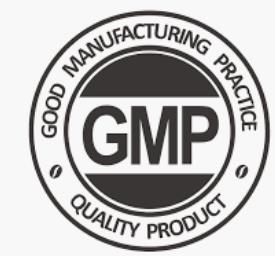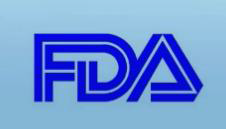Good Manufacturing Practices Basic OverviewUpdated a year ago
There are Good Manufacturing Practice guidelines which are important in assuring that your cosmetic products are neither adulterated nor miss-branded. These are regulations for cosmetics; a system that consists of set procedures and documentation that ensures manufacturing products are continually produced and monitored according to quality standards.

These guidelines require that manufacturers, processors, and packagers of drugs, cosmetic, food, medical devices and even blood, ensure that their products are safe, clean, and effective.
GMP guidelines provide guidance on issues such as record keeping, personnel, sanitation, cleanliness, equipment verification, process validation, and complaint handling. Most GMP requirements are very general and open-ended, allowing each individual manufacturer to decide how to best to impose the necessary controls. This provides much flexibility, but also requires that the manufacturer interpret the requirements in such a way that it makes sense for each individual business.
GMP guidelines require a quality view to manufacturing, enabling companies to reduce or possibly even eliminate instances of mix ups, contamination, and errors. This protects the consumer from purchasing a product which is not effective or even dangerous. Failure to comply with GMP guidelines can result in very serious consequences (this can include fines, recalls, seizures, and possible jail time).

Good Manufacturing Practice Guidelines
- Space is sanitary with proper cleaning and has orderly storage.
- Equipment and utensils are free of corrosion, buildup of material, dirt or sanitizing agent.
- Cleaned and sanitized utensils are stored in a manner that protects them from dust or contamination.
- The personnel performing the manufacturing have the training to perform the assigned functions.
- Persons coming into direct contact with products must maintain their personal cleanliness and wear appropriate outer garments, gloves, goggles and hair restraints.
- Food, drink, and use of tobacco are not permitted in manufacturing areas.
- Raw materials and primary packaging materials are stored and handled in a manner which prevents their mix-up, contamination, or decomposition from exposure to excessive heat, cold, sunlight or moisture.
- Containers of materials are closed. Bagged or boxed materials are stored off the floor.
- Containers of materials are labeled with identity and lot number.
- Records on raw materials are maintained indicating lot numbers, date received, quantity, testing data, certificate of analysis, and material safety data sheets.
- Records on manufacturing of batches should document the following steps:
- Identity, lot numbers and quantities of materials used.
- Processing, handling, transferring, holding and filling.
- Sampling, controlling, adjusting and reworking.
- Code marks of batches and finished products.
Check whether the firm maintains a consumer complaint file and determine:
The kind and severity of each reported injury and the body part involved.
The product associated with each injury, including the manufacturer and code number.
The medical treatment involved, if any, including the name of the attending physician.
The name(s) and location(s) of any poison control center, government agency, physician's group etc., to whom formula information and/or toxicity data are provided.
13. Other. Check whether the firm is:
Participating in the program of voluntary registration of:
Cosmetic manufacturing establishments (21 CFR 710).
Cosmetic product ingredient and cosmetic raw material composition statements (21 CFR 720).
Using a color additive which is not listed for use in cosmetics (21 CFR 73, 74, and 82) or which is not certified (21 CFR 80).
Using a prohibited cosmetic ingredient (21 CFR 700).
For information here are some links on the FDA Website:
Guidance for Industry Cosmetic Good Manufacturing Practices-Draft Guidance
Good Manufacturing Practice (GMP) Guidelines/Inspection Checklist for Cosmetics